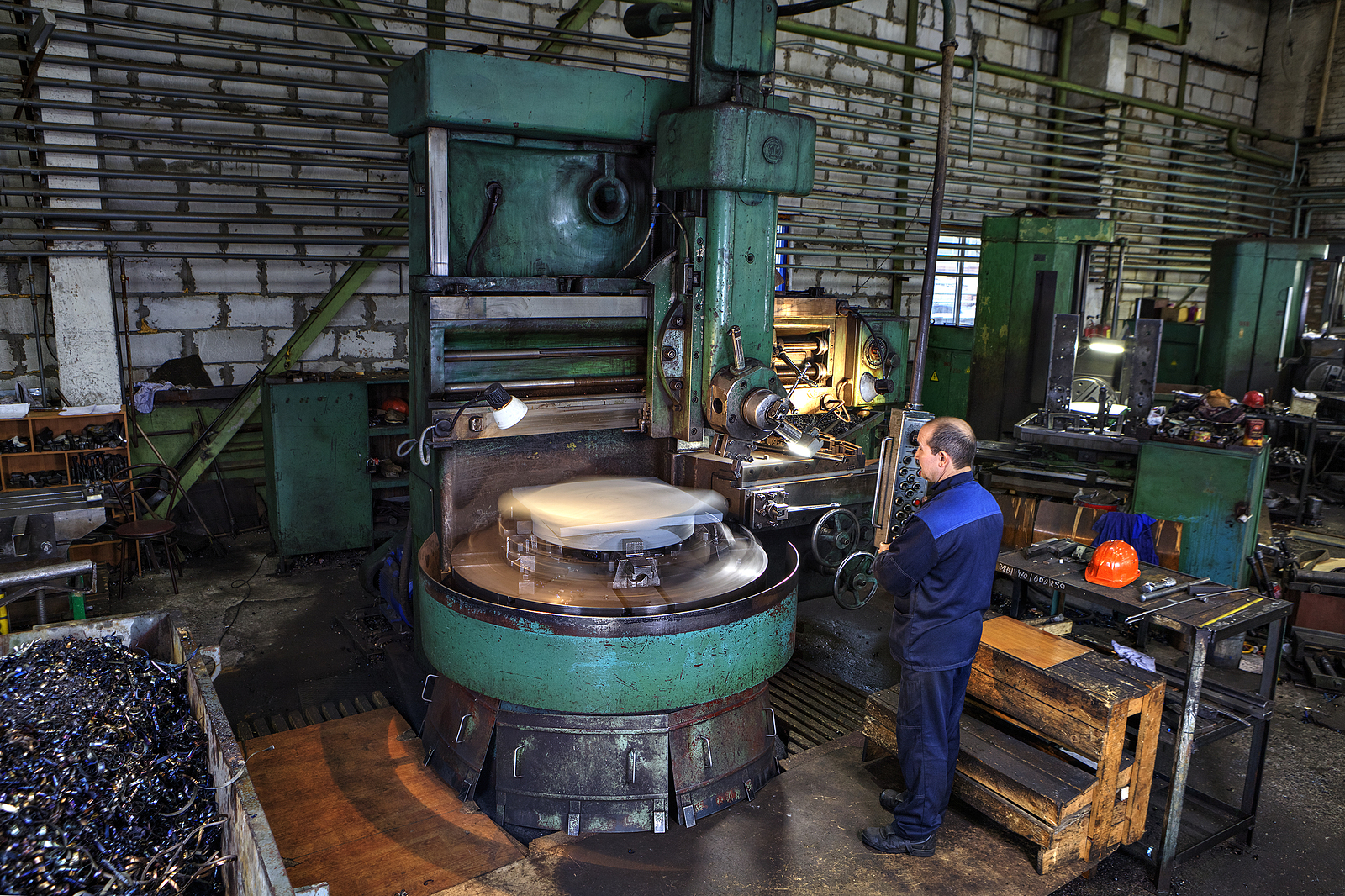Welcome to another installment of How It’s Made with FlexTrades, where we break down complex manufacturing processes in clear, digestible ways. In this edition, we’re answering a timely and important question:
How are vaccines made?
Let’s start with the basics.
What Is a Vaccine and How Does It Work?
At its core, a vaccine contains a version of the virus or bacteria it’s designed to protect against. This might sound counterintuitive, but it’s all about training your immune system to respond.
Here’s how:
- Inactivated or killed vaccines: These vaccines contain a virus that has been fully inactivated (killed), such as in the polio or rabies vaccines.
- Live attenuated vaccines: These contain a weakened version of the virus that’s strong enough to stimulate the immune system but not strong enough to make you sick. Examples include chickenpox, measles, and hepatitis B.
In both types, the goal is the same: introduce an antigen that prompts your immune system to produce antibodies—specialized proteins designed to recognize and neutralize threats. That way, if you’re ever exposed to the real virus, your body already knows how to fight it.
Step-by-Step: How Are Vaccines Made?
Making a vaccine is a highly controlled, multi-phase process that starts with science and ends with life-saving solutions in a syringe.
Step 1: Grow the Virus or Bacteria
Vaccines begin in the lab where scientists grow large quantities of the virus or bacteria.
- Viruses are typically grown in cell cultures (often derived from chicken embryos).
- Bacteria are grown in bioreactors, large tanks filled with nutrient-rich growth mediums like amino acids, carbohydrates, minerals, and proteins.
The goal in this stage is replication—producing enough of the virus or bacteria to create a strong immune response.
Step 2: Harvest and Isolate the Antigen
Once replication is complete, the next step is to extract the antigen (the part that triggers the immune system).
- Scientists release the antigen from the cell or growth medium.
- Then, they purify it using methods like chromatography or ultra-filtration to remove impurities and isolate only what’s needed.
Step 3: Formulate the Vaccine
Next, the purified antigen is mixed with additional ingredients to form the vaccine:
- Adjuvants: Help boost the immune response.
- Stabilizers: Maintain shelf life and preserve potency.
- Preservatives: Allow multi-dose use and prevent contamination.
All of these components are blended in large vessels under strict quality control.
Step 4: Fill and Finish
Once the formula is ready:
- The vaccine is dispensed into vials or prefilled syringes.
- Each is sealed with sterile closures, labeled, and sometimes freeze-dried for long-term storage.
This is the version you eventually see at clinics, pharmacies, and hospitals.
More Than Manufacturing: The Bigger Picture
While the physical creation of a vaccine is highly technical, it’s only one part of a long process. From initial discovery to regulatory approval, vaccine development can take 15 to 20 years and includes:
- Laboratory research
- Pre-clinical studies
- Multiple phases of clinical trials
- Rigorous reviews by agencies like the FDA
Want to dive deeper into that process? Here’s a breakdown of the testing and regulation steps required before a vaccine ever hits the market.





